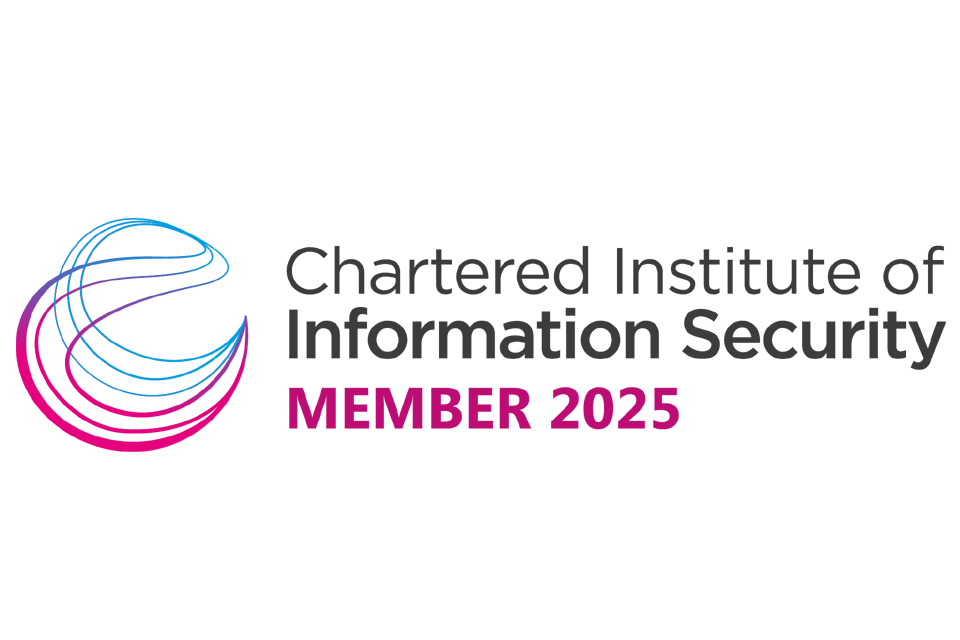Cyber Security terms, acronyms, frameworks & key concepts
AAA (Authentication, Authorisation, Accounting)
A security framework used to manage and track user access.
Authentication: Confirms the user’s identity.
Authorisation: Determines what the user is allowed to do.
Accounting: Logs and monitors user actions for auditing and analysis.
2FA (Two-Factor Authentication)
A security process that requires two forms of identification – typically something you know (like a password) and something you have (like a phone code or token) – to verify access.
Agile Development
An iterative, collaborative approach to software development focused on delivering small, functional parts quickly and adapting to feedback and change.
Attack Surface
All possible points within a system where an attacker could attempt to enter or extract data — including software, hardware, and human factors.
Business Continuity
A strategic approach ensuring that essential functions continue operating during and after a disruption, minimising downtime and loss.
Change Management
A structured process for transitioning individuals, teams, and systems to new states, while reducing risk and supporting a positive security culture.
CIA Triad (Confidentiality, Integrity, Availability)
The foundational model of information security:
Confidentiality: Ensuring only authorised users can access information.
Integrity: Ensuring data remains accurate and unaltered.
Availability: Ensuring information and systems are accessible when needed.
Cloud Security
Protection of data, applications, and workloads in cloud environments through encryption, access control, and continuous monitoring.
Cyber Essentials
A UK Government–backed certification scheme that verifies an organisation’s protection against common cyber threats.
Cyber Maturity
A measure of how effectively an organisation manages its cybersecurity processes, risks, and culture.
Cyber Risk
The potential for loss, disruption, or damage to an organisation due to a cybersecurity incident.
Cyber Risk Strategy & Management
The process of identifying, assessing, and managing cyber risks to align security efforts with business priorities and resilience goals.
DevSecOps (Development, Security, and Operations)
An approach that integrates security practices into every stage of the software development and operations lifecycle, ensuring that security is built in, not bolted on.
Digital Delivery
The structured creation and deployment of digital solutions, combining agility, innovation, management, and user focus for efficient delivery.
Digital Transformation
The process of aligning technology, people, and processes to drive sustainable business change and improved outcomes.
Encryption
The process of converting data into a secure, unreadable format using cryptographic algorithms, to prevent unauthorised access.
Firewall
A security system that monitors and filters incoming and outgoing network traffic based on predefined security rules, forming a barrier between trusted and untrusted networks.
Incident Response
A structured method for detecting, managing, and recovering from cybersecurity incidents to reduce impact and restore operations quickly.
IoT Security (Internet of Things Security)
Protection of interconnected devices and networks – such as smart sensors and industrial equipment – from exploitation or unauthorised access.
ISO/IEC 27001 Framework
An international standard outlining how to manage information security (ISMS). It helps businesses protect data systematically and demonstrate compliance with global best practices.
Malware (Malicious Software)
Software specifically designed to damage, disrupt, or gain unauthorised access to systems – including viruses, worms, ransomware, and spyware.
NIST Cybersecurity Framework (NIST CSF)
A globally recognised framework developed by the U.S. National Institute of Standards and Technology (NIST). It helps organisations manage and reduce cybersecurity risk using five core functions: Identify, Protect, Detect, Respond, and Recover.
Operational Technology (OT)
Hardware and software that detect or control physical devices, processes, and infrastructure – such as industrial control systems (ICS) or maritime systems.
Phishing
A cyberattack that deceives users (often through email) into revealing sensitive information, such as passwords or financial details, by impersonating a trusted source.
Resilience
The ability to anticipate, withstand, recover from, and adapt to cyber incidents or disruptions.
Risk Management
The process of identifying, evaluating, and mitigating potential risks that could impact an organisation’s assets or operations.
Scrum / Kanban
Agile frameworks that promote flexible, transparent, and iterative approaches to managing digital projects.
Secure by Design
An approach where security is embedded throughout every stage of a system or software’s lifecycle, from concept to deployment.
Security Governance
A defined structure that outlines roles, responsibilities, and oversight for managing and enforcing security across an organisation.
Security Programme Development
The process of building and maintaining a comprehensive, compliant security framework that supports ongoing improvement and alignment with business goals.
Technical Services – Vulnerability Management
Identifying, assessing, prioritising, and remediating vulnerabilities in systems and applications to reduce exposure to cyber threats.
User-Centric Design
Designing systems, software, or services around the user’s needs and behaviours through testing, feedback, and research to improve usability and satisfaction.
Vulnerability
A weakness in a system, process, or application that could be exploited by threat actors to gain unauthorised access or cause disruption.
Additional key concepts in Cyber Security & Digital Delivery
Automated Code Analysis
Tools that automatically scan source code to identify security weaknesses early in the development process, ensuring only secure code progresses.
Cloud Platforms
Includes environments such as AWS, Azure, Google Cloud, and private or hybrid clouds. Effective cloud management involves secure configuration, identity control, and ongoing monitoring.
Continuous Improvement
Regular reviews, metrics, and performance reporting ensure your cybersecurity programme remains effective, compliant, and audit-ready. Continuous improvement drives maturity and long-term resilience.
Cyber Chartership Programme (CIISec – Chartered Institute of Information Security)
A recognition awarded by the Chartered Institute of Information Security to businesses that demonstrate excellence in cyber security leadership, governance, and professional development. It reflects a company’s commitment to maintaining the highest standards of information security capability and ethical practice.
Cyber Essentials Plus
A UK Government–backed certification that confirms a company’s defences against common cyber threats have been independently tested and verified. It demonstrates that essential security controls – including firewalls, access management, and malware protection – are properly implemented and maintained.
Device & Network Segmentation
Separating networks and devices into smaller zones to contain potential breaches. This limits attacker movement and improves overall system resilience.
Incident Response Playbooks
Step-by-step guides that outline how to respond to and recover from cybersecurity incidents. Playbooks include procedures for technical recovery, communication, and stakeholder management.
Regulatory & Board Assurance
Providing evidence and confidence to regulators, insurers, and leadership that your organisation can effectively recover from cyber incidents and maintain compliance.
Secure Coding Standards
Industry-recognised best practices for writing software that prevents vulnerabilities from being introduced during development.
Tabletop Exercises
Realistic, scenario-based simulations used to test and validate an organisation’s incident response and crisis management capabilities.






